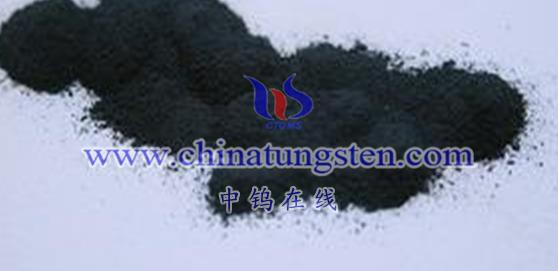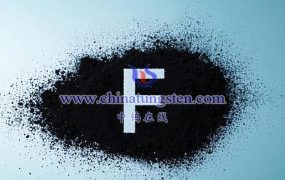
Tungsten oxide pseudocapacitor materials refer to a class of materials based on tungsten oxide (WOx, where x can vary between 0 and 3, depending on the degree of oxidation and stoichiometry), which store energy via a pseudocapacitance mechanism. Pseudocapacitance is a unique form of energy storage that differs from traditional electric double-layer capacitance (EDLC). It involves Faradaic reactions at the electrode material’s surface or within its bulk, where the oxidation states of atoms or ions in the electrode material change to store and release energy.
Key Characteristics of Tungsten Oxide Pseudocapacitor Materials:
- Faradaic Reaction:
- During charging and discharging, tungsten oxide pseudocapacitor materials undergo ion insertion/extraction that leads to redox reactions, such as: xM++xe−+WO3↔MxWO3xM^{+} + xe^{-} + WO_3 leftrightarrow MxWO_3xM++xe−+WO3↔MxWO3 where M is the cation from the electrolyte. This Faradaic reaction mechanism enables tungsten oxide pseudocapacitors to achieve higher energy densities.
- High Specific Capacitance:
- Due to the Faradaic reactions, tungsten oxide pseudocapacitor materials generally exhibit high specific capacitance, meaning they can store a significant amount of energy per unit mass or surface area. This results in improved energy density for supercapacitors and other energy storage devices.
- Fast Charge/Discharge:
- Despite involving Faradaic reactions, tungsten oxide pseudocapacitors tend to have rapid charge/discharge cycles. The material’s nanostructure or high surface area allows fast ion and electron transport, enhancing the speed of energy storage and release.
- Cycling Stability:
- Under proper conditions, tungsten oxide pseudocapacitor materials exhibit good cycling stability, meaning their performance degrades slowly after many charge/discharge cycles.
Applications:
Tungsten oxide pseudocapacitor materials have wide applications in electrochemical energy storage devices, such as:
- Supercapacitors: They offer high energy density and fast charge/discharge cycles, making them suitable for use in supercapacitors.
- Electrochemical Energy Storage Devices: Beyond supercapacitors, they are also useful in other devices that require efficient energy storage and rapid cycling.
For example, W18O49, a non-stoichiometric tungsten oxide, exhibits excellent electrochromic and pseudocapacitive properties, making it suitable for use in supercapacitor electrodes. Moreover, these materials can also be combined with other substances like conductive polymers and carbon materials to enhance their performance.
Preparation Methods:
The preparation methods for tungsten oxide pseudocapacitor materials are diverse, including:
- Chemical Synthesis: Methods such as precipitation and hydrothermal techniques are commonly used to control the structure and properties of the material.
- Physical Methods: Techniques like sputtering and evaporation can be employed for thin film deposition and other material forms.
- Electrochemical Methods: These methods are used to directly modify the material’s structure and electrochemical performance.
The choice of preparation method influences the morphology, structure, and performance of the final material, which must be tailored to specific application requirements.
Conclusion:
Tungsten oxide pseudocapacitor materials, with their unique energy storage mechanism and excellent properties, have significant potential in the field of electrochemical energy storage. As technology progresses, the research and application of these materials are expected to expand, offering more efficient and sustainable solutions for energy storage.
More details of tungsten oxide product, please visit website: tungsten-oxide.com
Please contact CHINATUNGSTEN for inquiry and order of tungsten oxide:
Email: sales@chinatungsten.com
Tel.: 86 592 5129595






